Arbeitspapier
Visualizing the Invisible: Estimating the New Keynesian Output Gap via a Bayesian Approach
As both the natural level of output and the New Keynesian output gap cannot be observed in practice, there is quite some debate on the question how these variables look like in practice. Rather than taking the standard approach of using a time trend or the HP-filter to obtain estimates of these two objects, this paper takes a theoretically more sound route by separating trend from cycle via Bayesian estimation of a New Keynesian model, augmented with an unobserved components model for output. This delivers us with model consistent estimates of both the natural level of output and the New Keynesian output gap. These estimates are then compared with the dominant output gap proxies used in the literature. It turns out that the benefits of using the model-based approach taken in this paper mainly emerge in real time, thereby making this method potentially useful for the conduct of monetary policy.
- Sprache
-
Englisch
- Erschienen in
-
Series: Tinbergen Institute Discussion Paper ; No. 09-074/2
- Klassifikation
-
Wirtschaft
Forecasting Models; Simulation Methods
Business Fluctuations; Cycles
Prices, Business Fluctuations, and Cycles: Forecasting and Simulation: Models and Applications
Monetary Policy
- Thema
-
Key words: Bayesian estimation
unobserved components model
New Keynesian model
output gap
New Keynesian Phillips curve
Bruttoinlandsprodukt
Prognoseverfahren
Bayes-Statistik
Modellierung
Neukeynesianische Makroökonomik
New-Keynesian Phillips Curve
Theorie
- Ereignis
-
Geistige Schöpfung
- (wer)
-
Willems, Tim
- Ereignis
-
Veröffentlichung
- (wer)
-
Tinbergen Institute
- (wo)
-
Amsterdam and Rotterdam
- (wann)
-
2009
- Handle
- Letzte Aktualisierung
-
10.03.2025, 11:42 MEZ
Datenpartner
ZBW - Deutsche Zentralbibliothek für Wirtschaftswissenschaften - Leibniz-Informationszentrum Wirtschaft. Bei Fragen zum Objekt wenden Sie sich bitte an den Datenpartner.
Objekttyp
- Arbeitspapier
Beteiligte
- Willems, Tim
- Tinbergen Institute
Entstanden
- 2009

